I can’t find new bugs and ideas by now so I need your help to please test them in your machines and report bugs, feedbacks and ideas! forum.image.sc/t/looking-fo...

I can’t find new bugs and ideas by now so I need your help to please test them in your machines and report bugs, feedbacks and ideas! forum.image.sc/t/looking-fo...
I believe this ctenostome belongs to the genus Triticella, which is known to grow on specific groups of marine invertebrates 🦐
#bryozoa #nordigbryo #marineinvertebrates


I believe this ctenostome belongs to the genus Triticella, which is known to grow on specific groups of marine invertebrates 🦐
#bryozoa #nordigbryo #marineinvertebrates
link.springer.com/book/10.1007...

link.springer.com/book/10.1007...

www.pnas.org/doi/10.1073/...
[most co-authors not on bluesky except @javsdiaz.bsky.social @jonscibulski.bsky.social]...


www.pnas.org/doi/10.1073/...
[most co-authors not on bluesky except @javsdiaz.bsky.social @jonscibulski.bsky.social]...
@alicerouan.bsky.social @NorioMiyamoto

@alicerouan.bsky.social @NorioMiyamoto
www.nature.com/articles/s42...
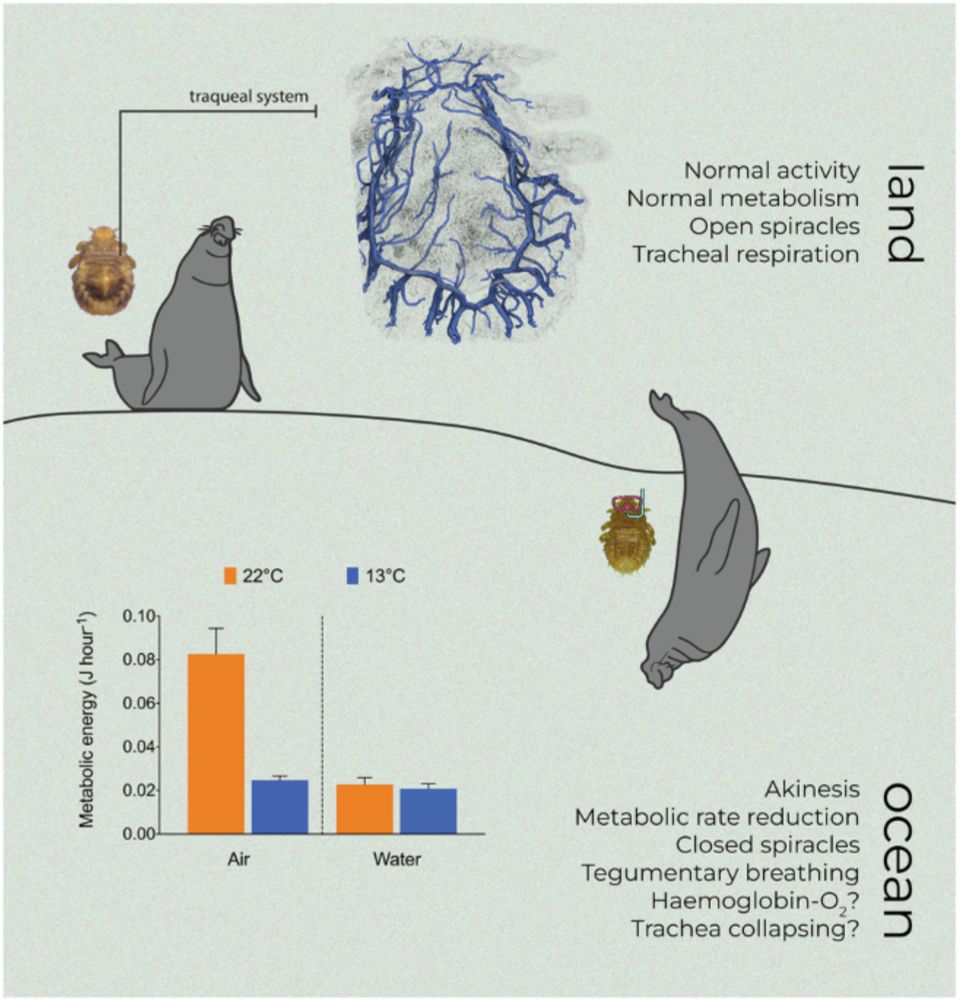
www.nature.com/articles/s42...
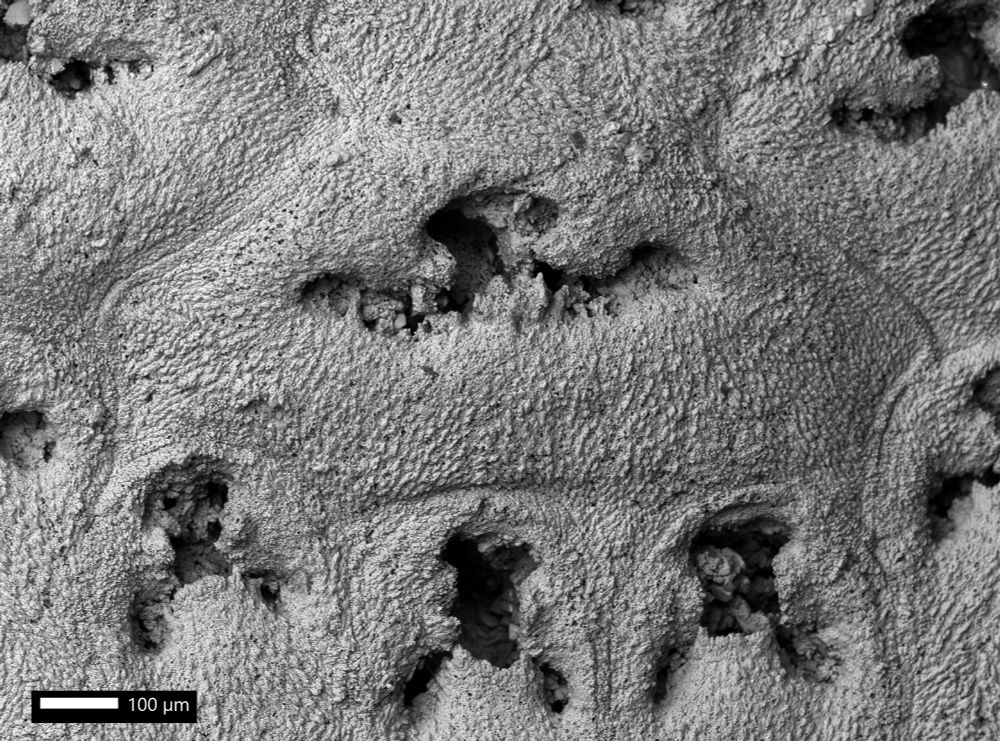

The official website for the 6th International Congress on Invertebrate Morphology (ICIM6) is now live! Check it out:
icim6.com
Thank you Felipe and colleagues for hosting this!

The official website for the 6th International Congress on Invertebrate Morphology (ICIM6) is now live! Check it out:
icim6.com
Thank you Felipe and colleagues for hosting this!
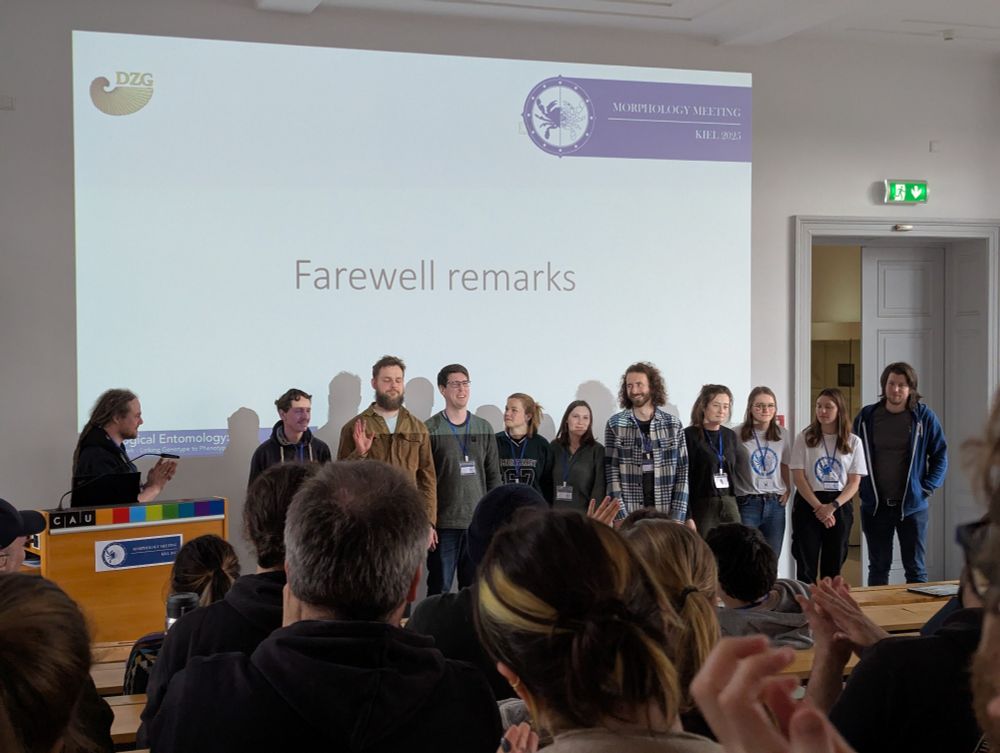
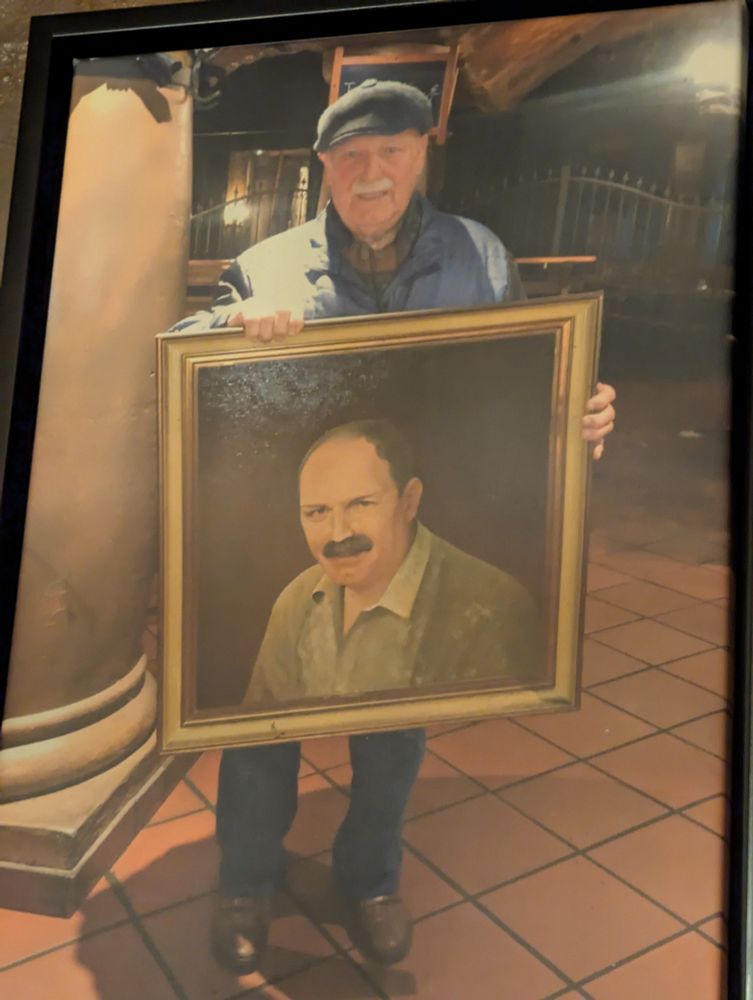
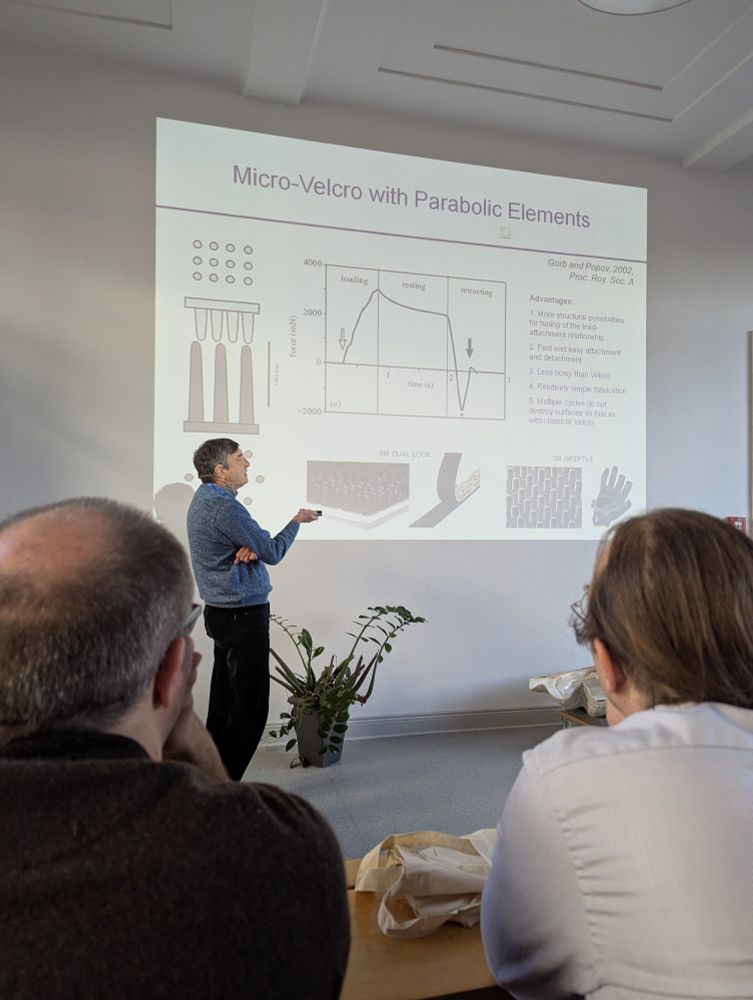


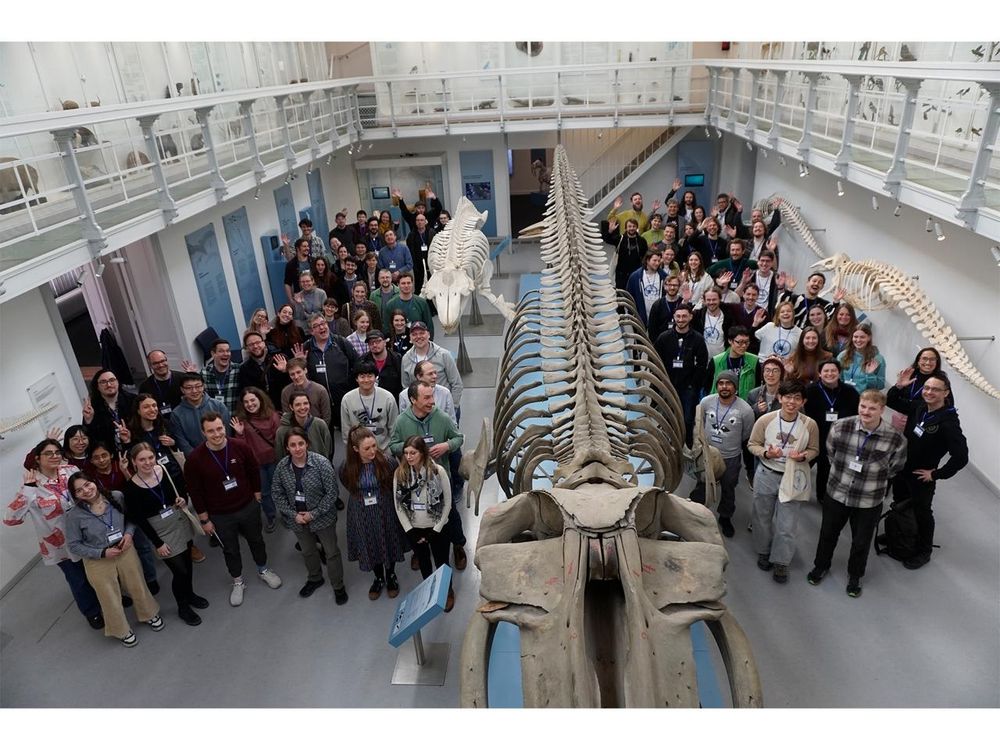
Instead of a snail shell, it wears a bivalve to cover its tiny abdomen. Is this how hermit crabs gave up their houses in carcinization? 🤔 (see king & coconut crabs, ALSO hermits)
#CrabAZ 🦀🧪🦑
www.biotaxa.org/Zootaxa/arti...
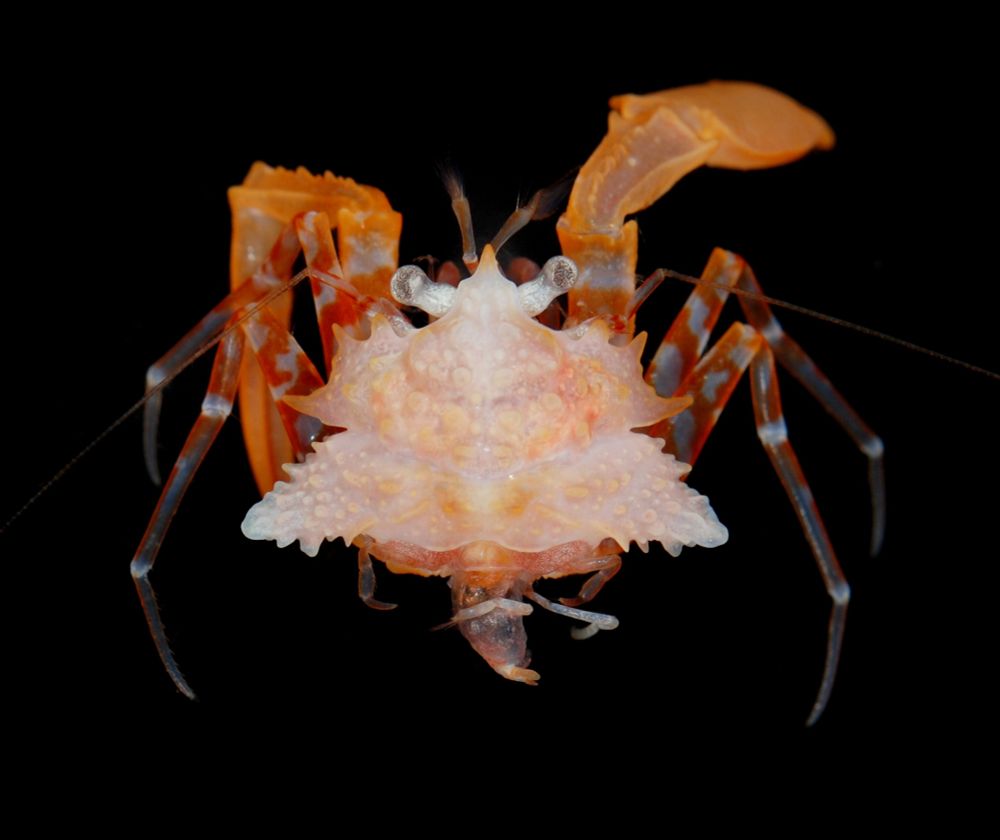


Instead of a snail shell, it wears a bivalve to cover its tiny abdomen. Is this how hermit crabs gave up their houses in carcinization? 🤔 (see king & coconut crabs, ALSO hermits)
#CrabAZ 🦀🧪🦑
www.biotaxa.org/Zootaxa/arti...

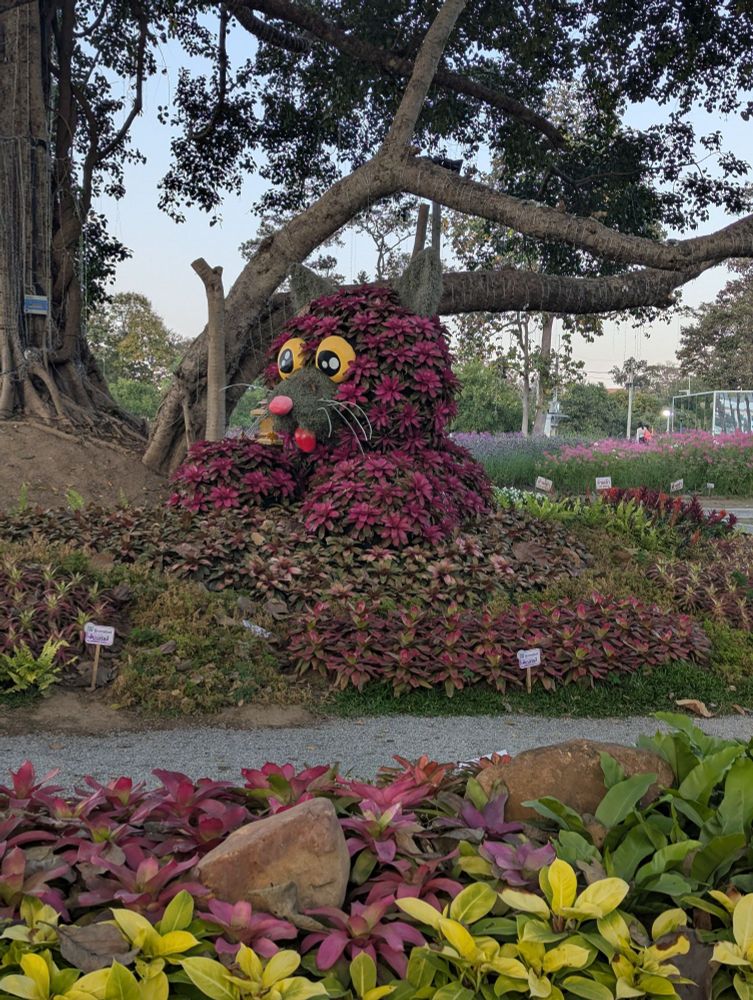

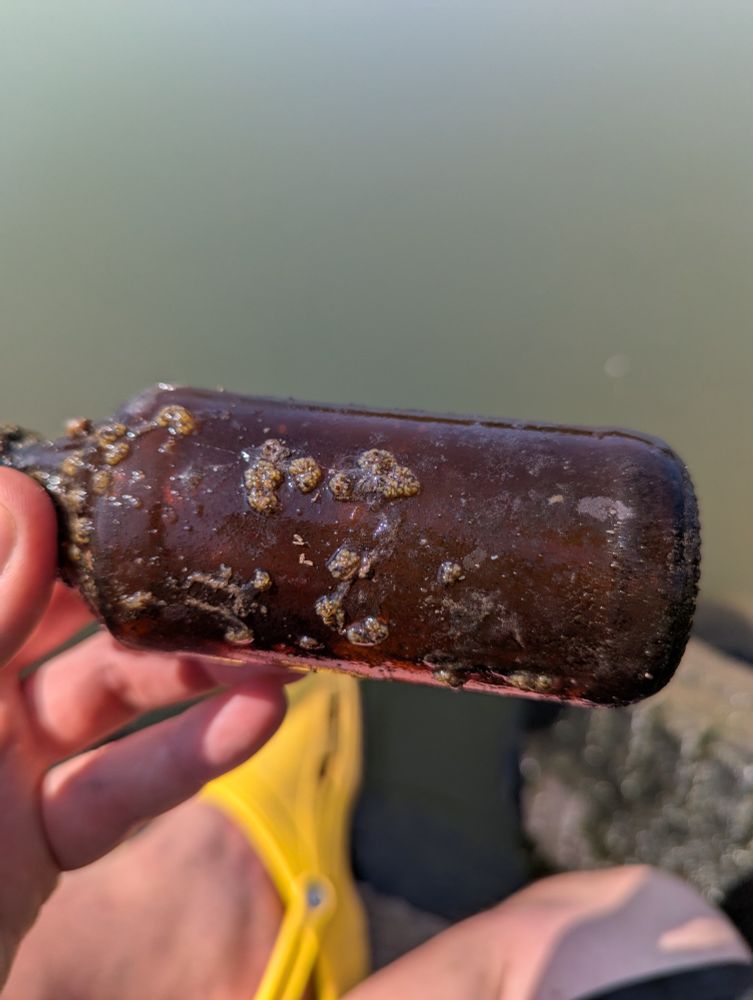
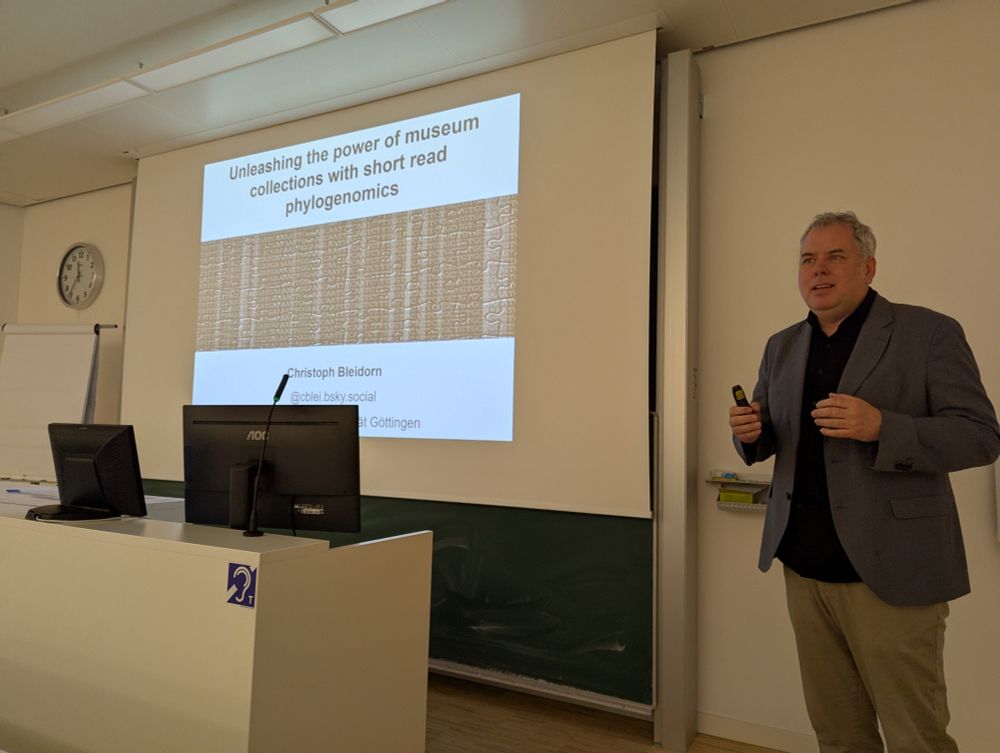
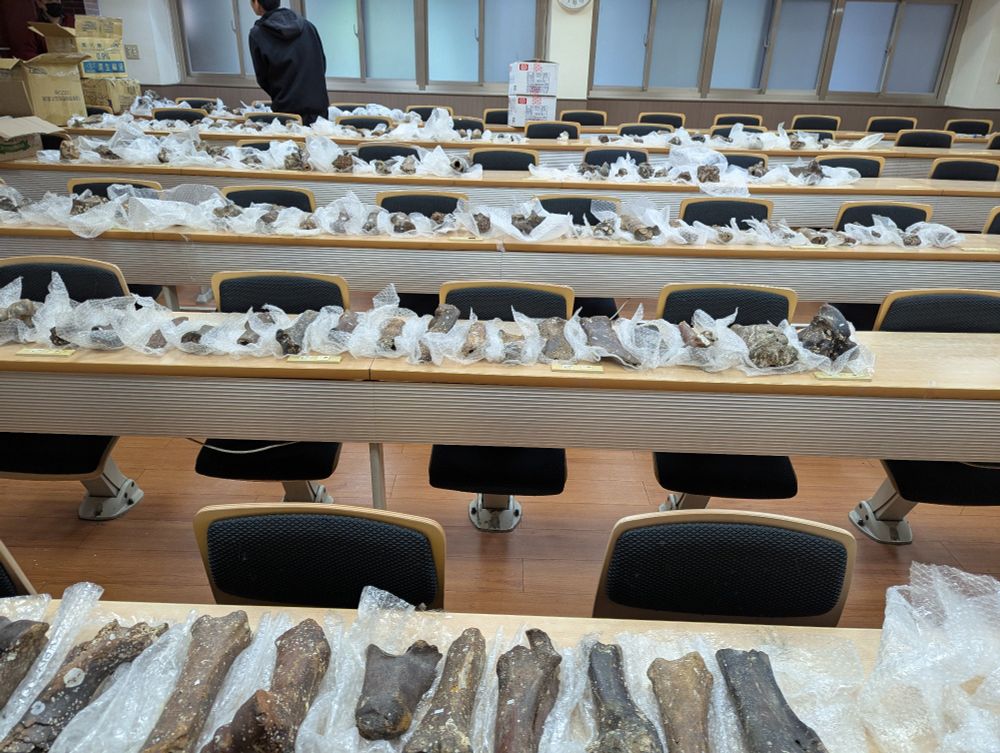

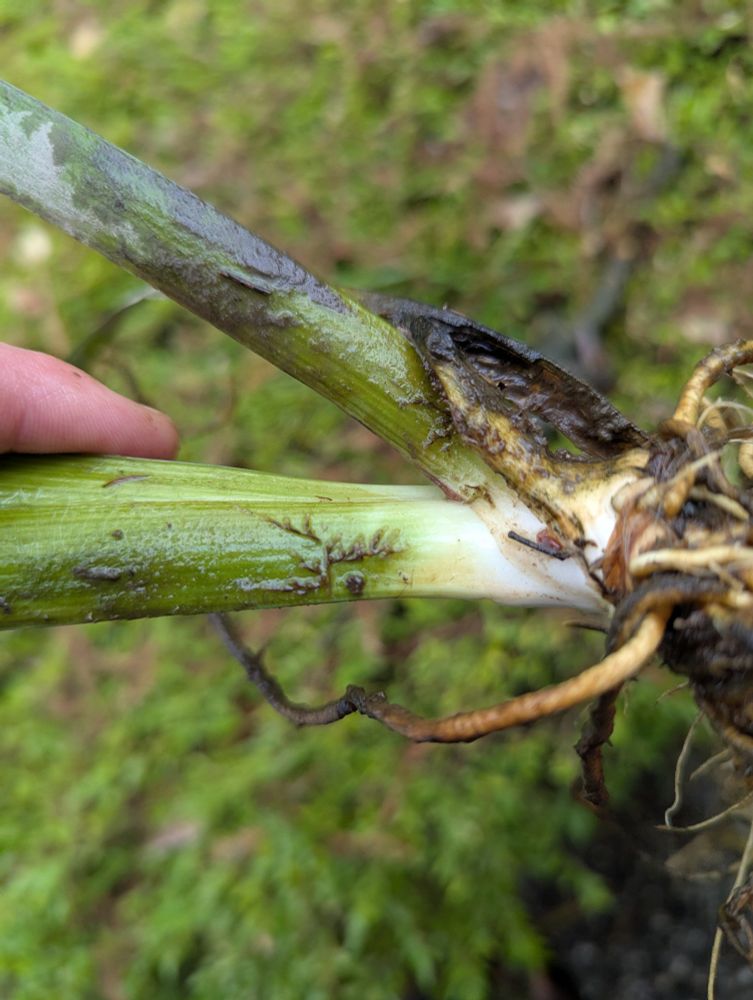

On the final day of 2024, first data on growth rates from boring bryozoans of the genus Immergentia. Great work from Mildred Johnson and other colleagues.
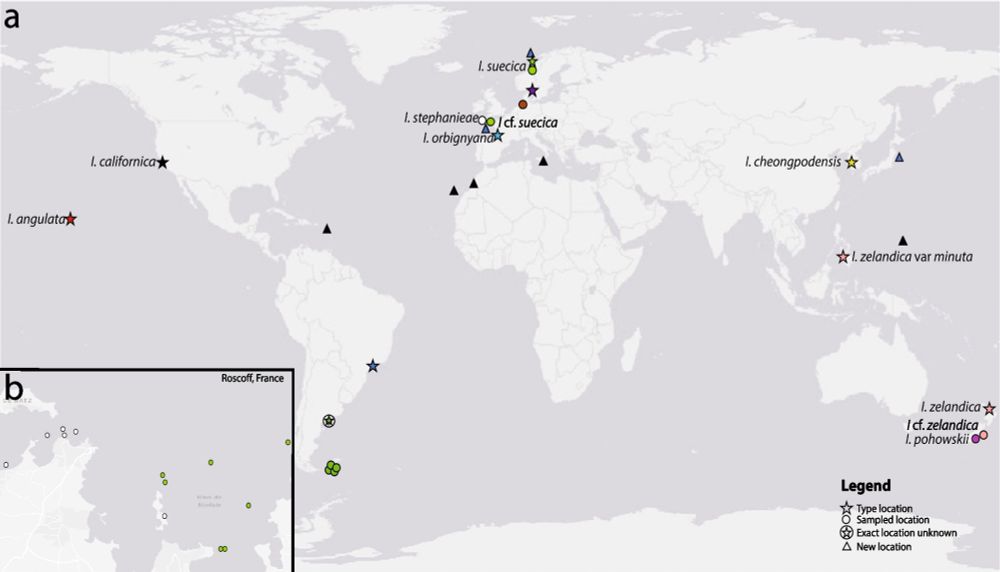
On the final day of 2024, first data on growth rates from boring bryozoans of the genus Immergentia. Great work from Mildred Johnson and other colleagues.
academic.oup.com/zoolinnean/a...

academic.oup.com/zoolinnean/a...

